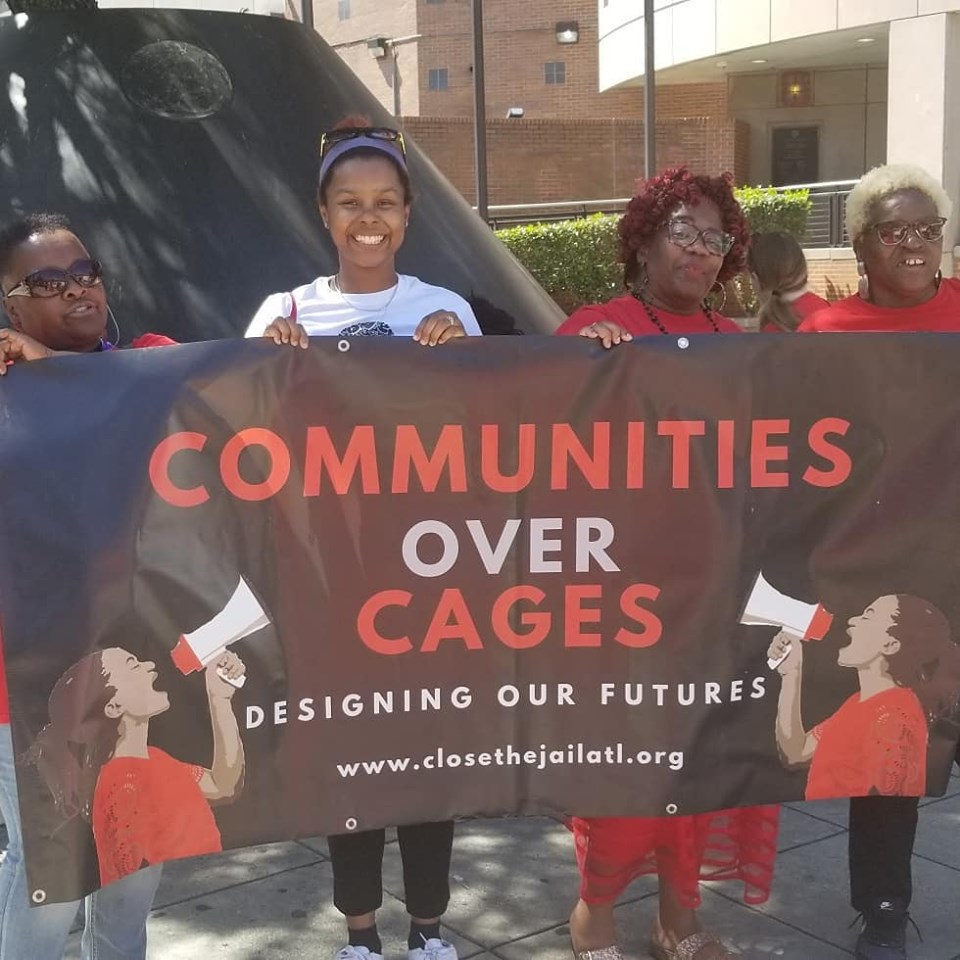
In schools across the United States, seclusion rooms exist as a “last resort” practice for educators to restrain and lock “misbehaving” children in isolated rooms. This practice criminalizes behavior at an early age and normalizes the use of solitary confinement. Data on the use of seclusion rooms is often underreported or nonexistent, making them hard to regulate. In Wilmington, North Carolina, for example, there were over 930 reported instances of seclusion reported in Hanover County in 2019. The school district failed to include protocols for these seclusion rooms as well as a crisis management plan on how to meet the needs of children in their yearly handbook. A lack of accountability accompanies these failures. How often does absence of data excuse action?
With seclusion rooms currently under the spotlight, there have been efforts across the United States to control their use through legislation. On March 4th, Missouri legislature made strides in a House Bill (HB 1568) that would establish a ban on seclusion and restraint rooms “except in cases where there is imminent danger to the student or others”. Who decides the exception?
Recently, it was reported that high schools in Leeds, England place students in isolation rooms for doing as little as forgetting books or wearing earrings. How does punishment for actions as minor as this in the education system set a precedent for how individuals are treated by the state as adults?
While legislation to address the use of seclusion rooms is a step in the right direction in terms of initiating conversations and setting precedent, it does not ensure they won’t continue to be used and abused. This exception is seen in cases facing the courts in the United States right now that impact women, such as the recent prosecution of Harvey Weinstein. His sentencing may have shed light on the issues of sexual harassment and misconduct, but it isn’t a cure-all for the deep rooted problem of why it exists and persists. Loopholes and justifications of abuse will continue, especially against women and people of color. How can we make sense of that and move forward knowing that most women behind bars have been victims of physical and sexual violence or other trauma?
How much persistence does it take to dismantle structures and systems?
The Atlanta City Detention Center, a Georgia jail for minor violations such as walking in the roadways or shoplifting, was shut down in May 2019 following years of organizing efforts by Women on the Rise. Led by women impacted by the criminal justice system, Women on the Rise spent years organizing to prevent and repeal legislation that funneled many into the jail. Built in 1996, the jail was intended to hide undesirable residents including the homeless during the Olympics, a testament to how individuals in the city were/are grouped and deemed disposable.
Across the country, 75% of people housed in jails aren’t convicted of a crime and are awaiting trial. If women are the fastest growing populations behind bars, and women of color make up approximately two-thirds of that population, what impact does that have?
The prison system doesn’t function like a recycling center, but a garbage dump. Actions and behaviors of individuals are not assessed for mitigation but deemed unworthy of salvaging. Even short jail time puts individuals, particularly women of color, at risk of losing the security of their jobs and their homes both in the present and the future. It’s a branding that lingers through the presence of the checkbox on job applications and federal documents that accompanies the question: “Do you have a criminal record?”
Why is it okay to uproot someone from their community without justifiable means, assuming their life is expendable? So many individuals with low income jobs worked their way to be where they are. They can’t afford to spend time in jail, and they can’t afford to miss work.
Now in a sudden global health crisis with the novel coronavirus outbreak, it is predicted that the lack of paid sick leave in the United States will make the epidemic even worse. What happens to single moms with multiple jobs and lower incomes that can’t work remotely or afford to take off work? These systemic issues are manifesting into health concerns, but it isn’t anything new. Roughly 25 percent of workers in the United States do not have paid sick leave. On top of that, no federal legislation has ever been passed for paid family leave. What impact does that have on women? Job security in the hands of the employer leaves workers with little or no choice.
It’s almost as if these issues are being brought to light not out of concern for those impacted by them, but out of concern for the well-being of the rest of the population. They are a threat. It’s as if the argument is being raised that in a wealthy democracy, there should be a mandate for paid leave…but not because it’s the right thing to do, but for the public safety of everyone else. It’s a protection of the empire.

(Photo Credit: Workers World / Women on the Rise) (Image Credit: Communities Over Cages: Close the Jail Atlanta)
